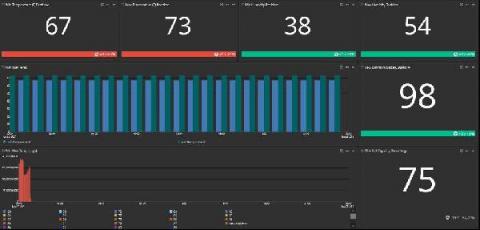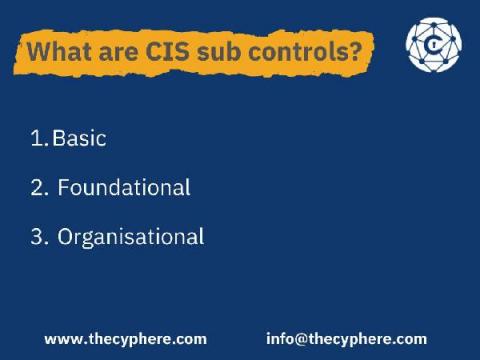What is a Risk Assessment?
A risk assessment is a multi-step process that catalogs all the potential threats to your business. In the same way a person might check the air pressure in a car’s tires or that the office elevator was recently serviced, CISOs should conduct regular risk assessments. Consider it a part of your standard safety management routines.











